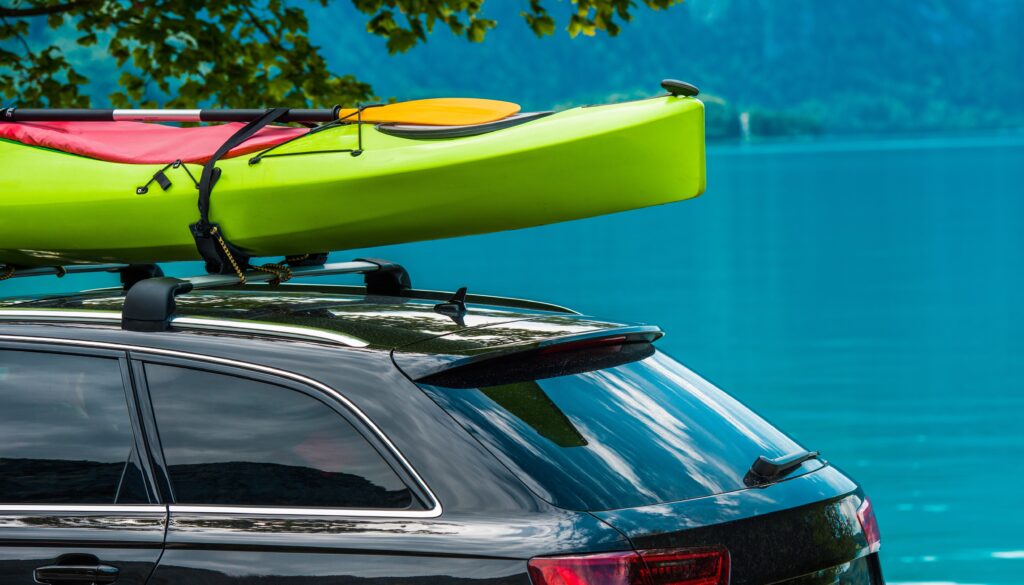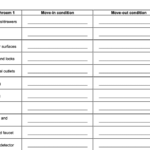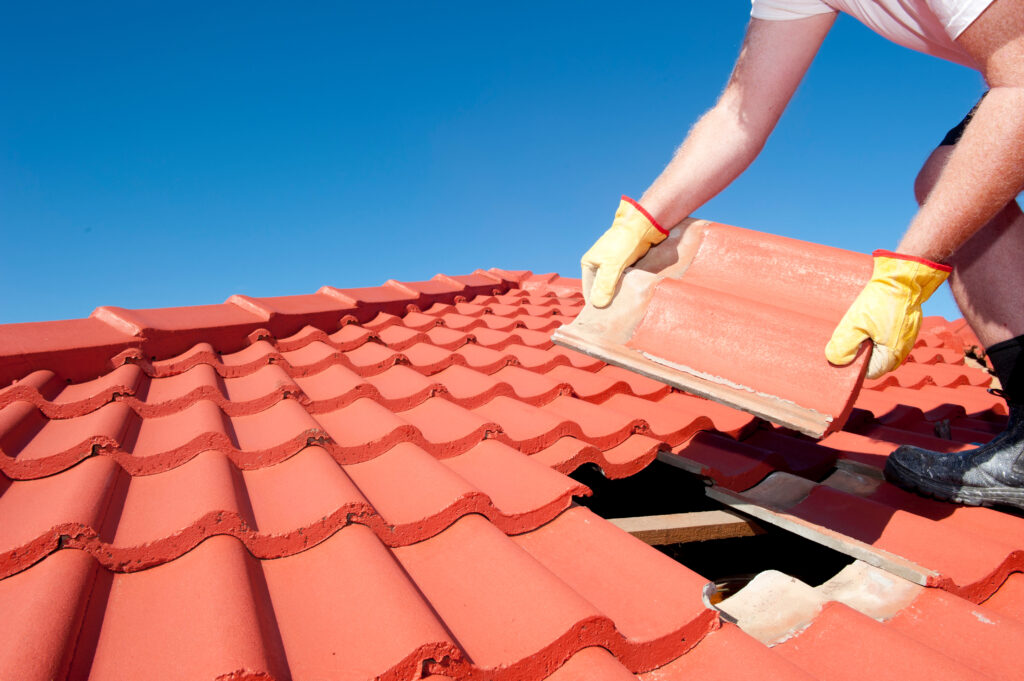Just like our homes, our outdoor equipment such as kayaks need protection and security to ensure they remain safe and intact. However, securing kayaks can be a complex task, particularly for beginners. This process involves multiple steps to provide an increased level of stability and preserve the integrity of your valuable kayak.
Let’s examine some critical points to consider when securing a kayak:
- Installing J Bar Racks: These are essential tools that make the process of securing kayaks simple and efficient.
- Securing Kayak With Straps: Straps provide stability, preventing your kayak from wobbling or shifting during transport.
- About Bow and Stern Straps: These specialized straps offer additional support for specific parts of the kayak.
- The Lemon Pip Principle: This concept helps in understanding the dynamics of securing a kayak effectively.
- Beware of One Strap Wonders: Avoid relying on single strap methods for securing kayaks, as they may not ensure complete safety.
- Securing an Overhanging Load: Knowledge about this process is essential to avoid any accidents due to irregular size or shape during transport.
Ensuring the security of your kayak is just as important as servicing your home. Hence, you need expert guidance on both aspects.
Contents
Safety First: Protecting Your Outdoor Equipment
There’s a correlation between securing a good roofer in places like Cambridgeshire and protecting your beloved kayaks – both require careful consideration and commitment. Whether it’s selecting a reliable service like finding a roofer in Cambridgeshire, or learning the intricate process of securing a kayak, one must invest time and effort.
A failed roof repair can cause significant damage to your home, just like an improperly secured kayak can to your outdoor adventure.
Protect your assets, gain knowledge about these important processes, and you’ll enjoy peace of mind in the long run.
After all, proper planning is key to successful execution.
Installing J Bar Racks
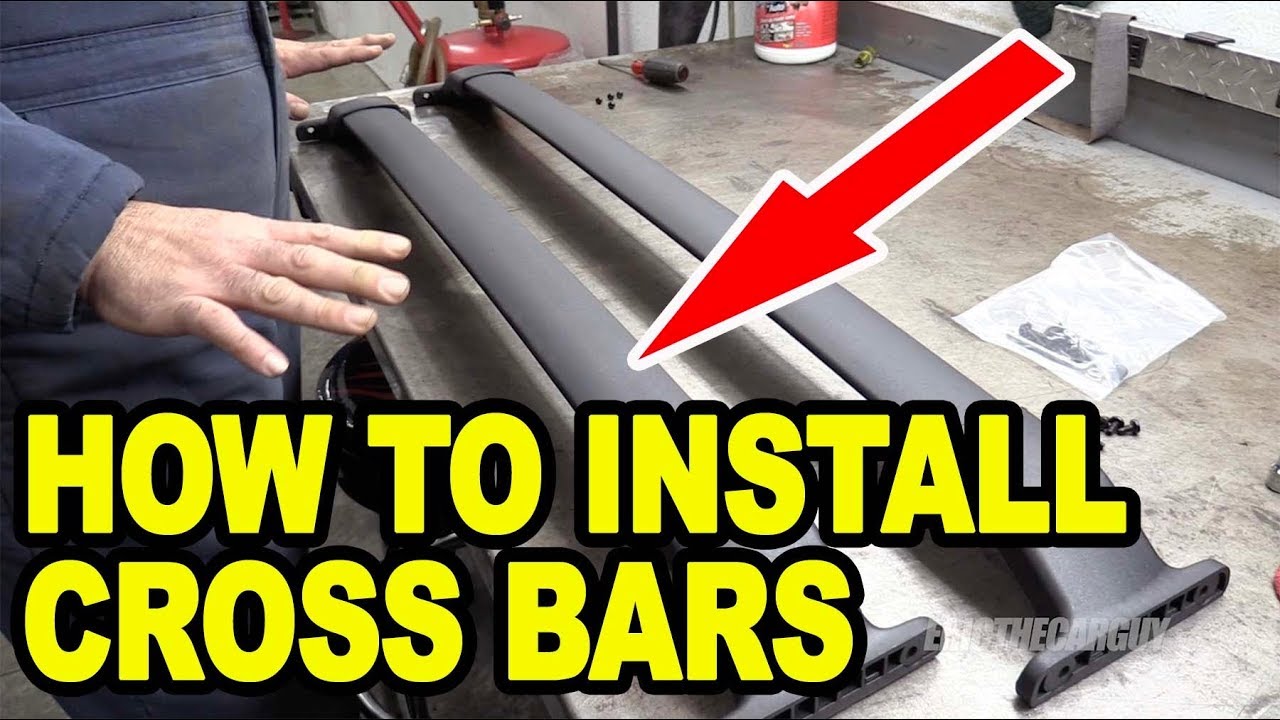
The process of mounting J Bar racks on your vehicle can be simple if followed properly.
Hence, it’s important to strictly follow the installation manual provided with your specific J Bar rack.
The first step is usually mounting the J Bars to your car’s roof rack.
This involves fixing the bars using the given screws and making sure they are securely tightened.
The tighter the fittings, the more secure are the bars, ensuring safe transportation for your kayaks.
Next step involves placing your kayak on these mounted bars.
It’s recommended to start from the bottom and work your way up for efficient loading.
Further reading can guide you with in-depth details about each step involved in this process.
The kayak’s hull must face downward, resting against the pads of the mounted racks while loading
Lastly, secure your kayak by tying it down properly with straps or ropes.
Securing Kayak With Straps
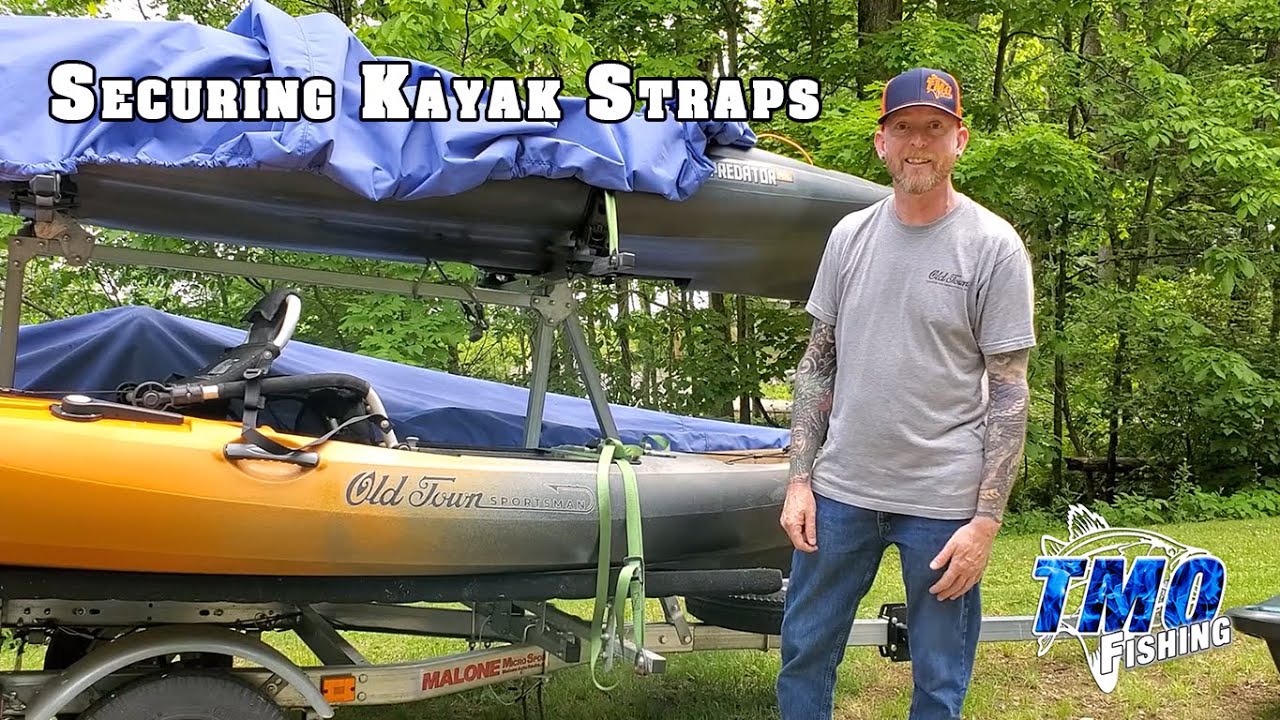
Properly strapping your kayak ensures safety during transportation. Improper tie-down leads to potential damage to the kayak, your vehicle or even worst-case, a road accident.
To begin with, you’ll need two straps. You must choose solid, durable straps, preferably one with a cam buckle for ease of tightening and releasing.
Positioning Your Kayak
It’s crucial to place your kayak on the vehicle’s roof rack correctly. It is advisable to have the bottom side up. This positioning helps prevent damage due to direct wind impact during the journey.
Make sure the kayak is centered on the rack to evenly distribute its weight. This results in better stability during your journey.
Tightening The Straps
The next step is fastening the straps across the kayak along with car’s roof racks. Always secure from front to back.
The most common method is running the strap over the kayak, under the roof rack bar and repeating on the other side. (see here).
Doubled Check
Finally, it is always worth doing a thorough check. Your kayak should be firm and not rock from side to side on the roof rack. If it does, re-adjust until secure.
About Bow and Stern Straps
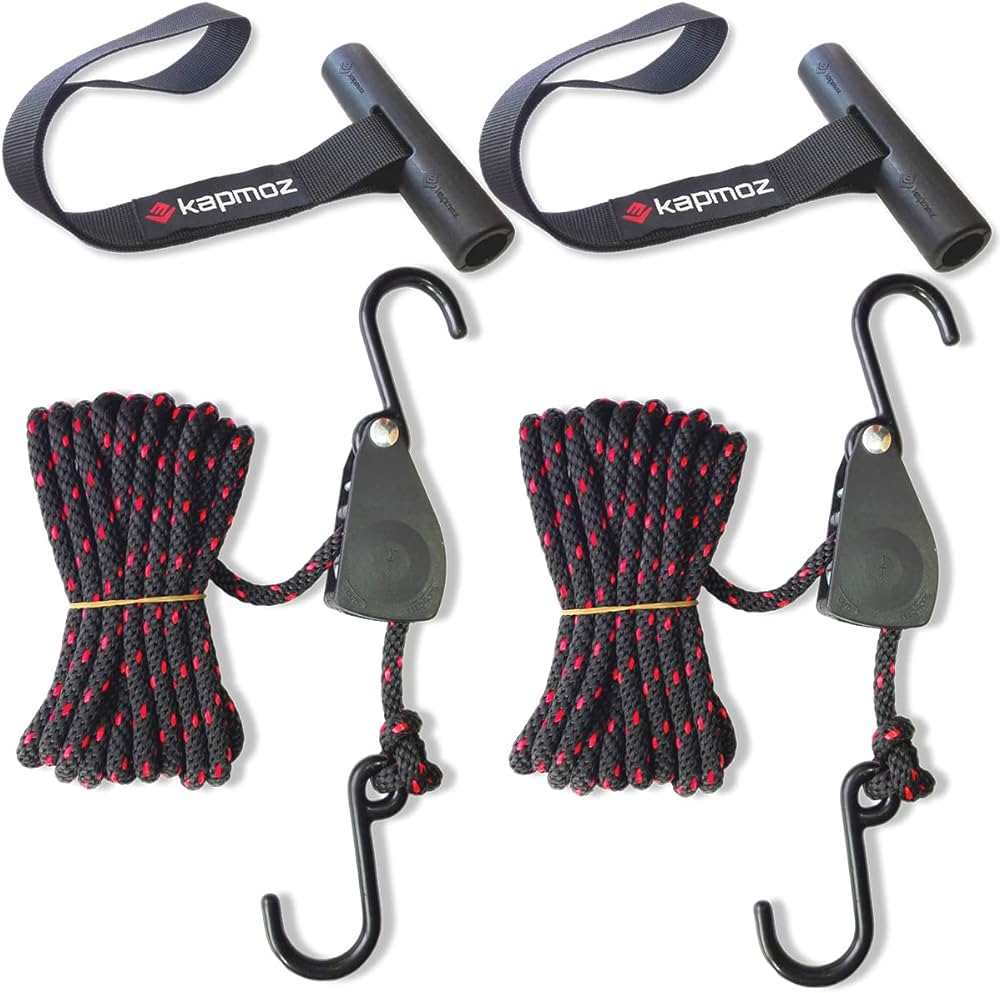
The function of bow and stern straps in kayak security cannot be overstated. These vital components not only ensure stability but also protect from potential damage.
Understanding bow and stern straps is essential for any kayaking enthusiast. Without them, your kayak’s safety on the journey could be compromised, possibly leading to detrimental outcomes.
- Recognize their importance: Bow and stern straps serve a critical role in securing your kayak. They keep it steady, maintain positioning, and avert potential harm.
- Familiarize yourself: Get to know the functionalities and placements of these straps. Your knowledge could be a game changer in instances of unexpected eventualities.
- Prioritize your safety: Safety should always come first. Ensure your straps are always in excellent condition and properly utilized.
A comprehensive discussion revolving around bow and stern straps can be found here.
Strap positioning is significant when securing your kayak. Tying points vary depending upon kayak design. However, accurately placed bow and stern straps significantly enhance the overall stability.
Misuse of these accessories can lead to disastrous incidents. It’s highly recommended to seek advice or instructions if you’re unsure about strap usage or any other kayak related issues.
The Lemon Pip Principle

What is the Lemon Pip Principle?
This principle relates to securing a kayaking device in a safe and efficient manner.
Its effectiveness lies in its simplicity, much like the small but significant role of a lemon pip in germination.
Why is the Lemon Pip Principle Important?
The importance of this principle lies in providing the safest possible method to secure your kayak.
By following it you not only improve safety measures, but also enhance your overall maritime experience.
What Does the Lemon Pip Principle Involve?
This principle includes keeping your kayak secure to prevent accidental slips or unfortunate mishaps.
The approach may involve strategically tying down your kayak or placing it at optimal locations.
How can You Implement the Lemon Pip Principle?
You can start by understanding variables like wind speed, location and weather conditions which may impact kayak’s stability.
You then adapt these learnings to further strengthen your setup and ensure maximum security for your kayak.
More information on this approach can be found here.
Beware of One Strap Wonders
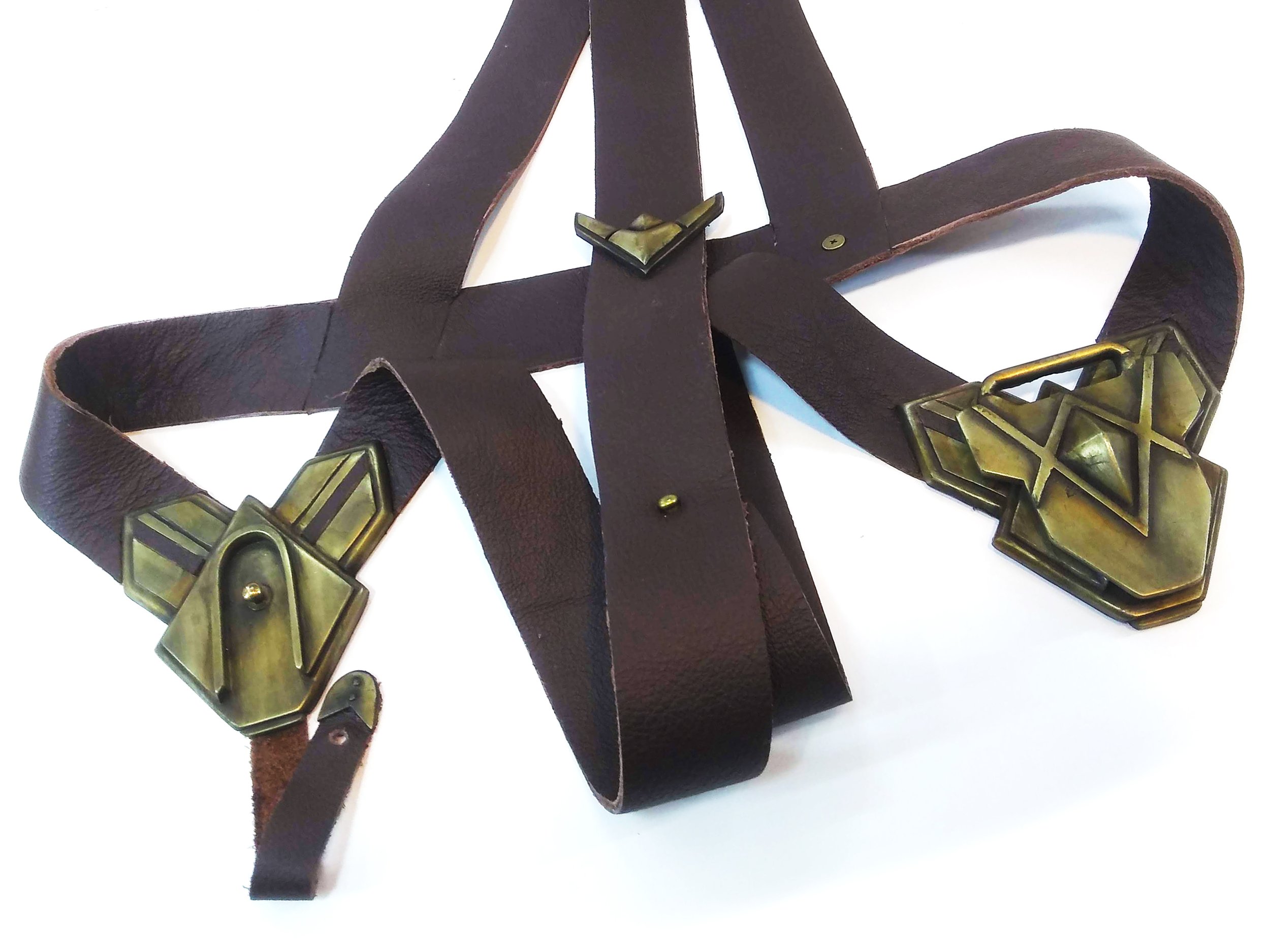
As a kayak enthusiast, I must emphasize on the importance of securing kayaks with reliable straps.
Low-quality straps can lead to accidents.
They may seem like an economical choice but are dangerous.
I strongly advise opting for high-quality straps for securing your vessel.
| Type | Pros | Cons |
|---|---|---|
| Low-Quality Straps | Cheap | Not sturdy, risky |
| High-Quality Straps | Durable, safe | Pricier but worth it |
| Straps Comparison: Quality Matters! | ||
This table provides an overview of the difference between low-end and premium straps. The decision is yours to make.
Your vessel’s security relies on your choices – determine wisely! Quality is key in kayak safety.
Securing an Overhanging Load
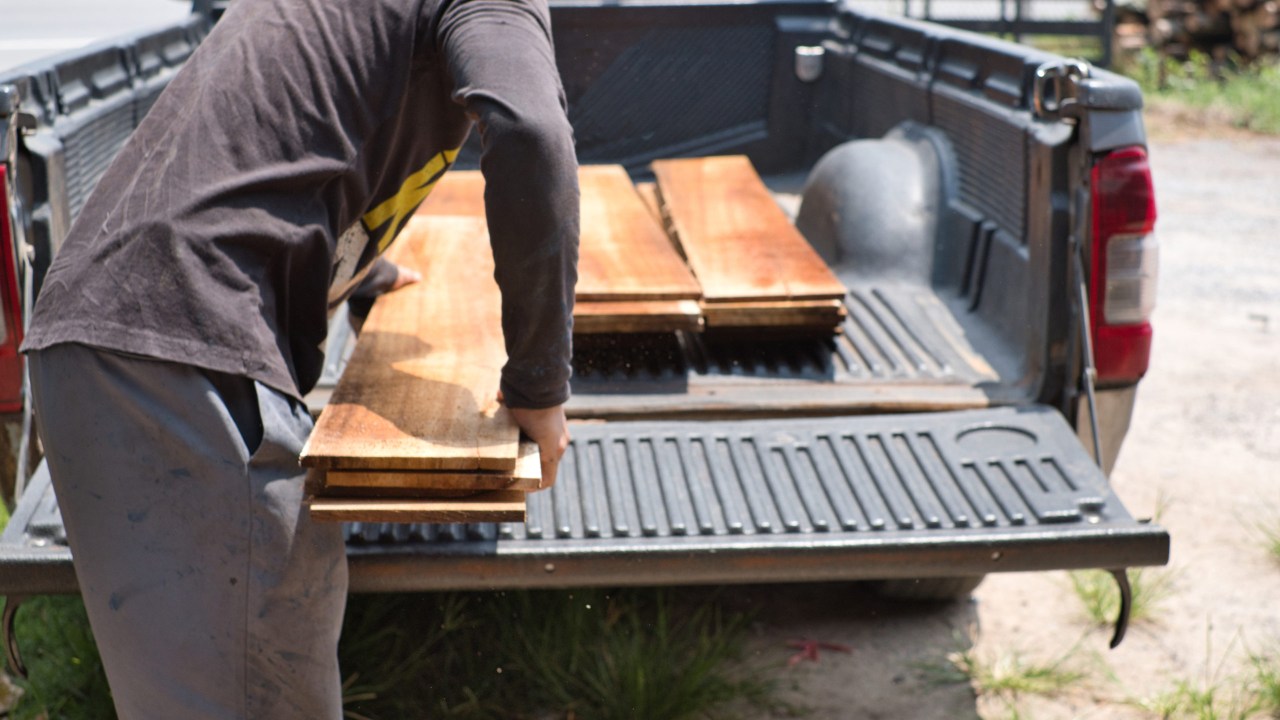
The key to securing an overhanging load on your kayak lies in understanding the basic tenets of weight distribution.
Well distributed weight ensures stability while transporting.
Unevenly distributed weight can prompt tilting or capsizing, compromising your safety.
- Identify the centerline: The foremost technique involves identifying your kayak’s centerline. Carefully balance weight around it to maintain stability.
- Fasten heavy items low: The heavier load, ideally, should be fastened as low as possible. This lowers the centre of gravity and adds to stability.
- Light items on top: Lighter items have less impact on balance, and they are best placed on top, ensuring easy access.
This approach allows strategic organization of your load; hence, a safer journey.
Balanced weight also facilitates easier navigation and control in water bodies with strong currents.
Fastening correctly holds utmost importance; loose loads can shift during transit and compromise the balance.
A combination of straps and bungees work well for lashing kayaks. Straps provide tight security, while bungees offer flex for sudden movements.
The importance of regular checks and adjustments throughout the journey cannot be overstressed. Be prepared to meet any contingency
Testing Your Kayak’s Security
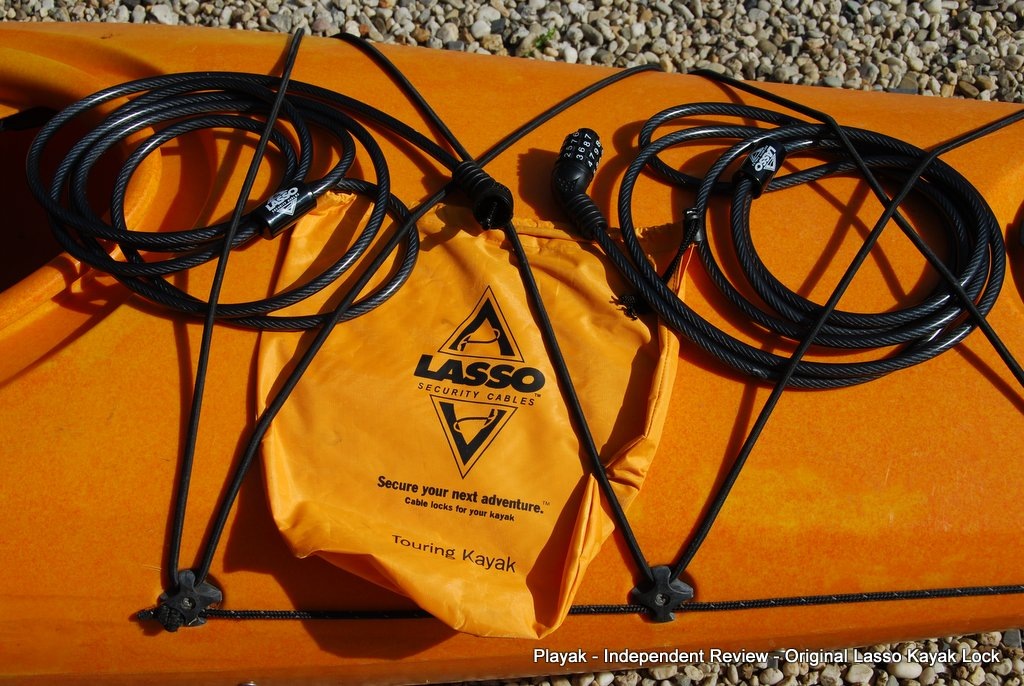
Ensuring your kayak’s protection is critical. Keeping it secured requires you to test its safety measures thoroughly.
There are several steps you can take:
- Lock Position: Confirm your lock is correctly fastened on the kayak when in use or idle.
- Cable Quality: Check the cable for any wear or tear, so you’re sure it can withstand attempted theft.
- Rack Security: Frequently assess the rack’s status making sure it remains tightly attached.
- Kayak Storage: Evaluate your storage area, confirming its shielding capability against weather changes and burglars.
Besides these steps, regular audits are essential to maintain your kayak’s overall security.
The testing phase has no definitive end; continue revising as conditions change to uphold consistent safety.
An unsecured kayak attracts trouble. Consistent testing will keep it protected, granting you peace of mind.
Preventing Kayak Theft
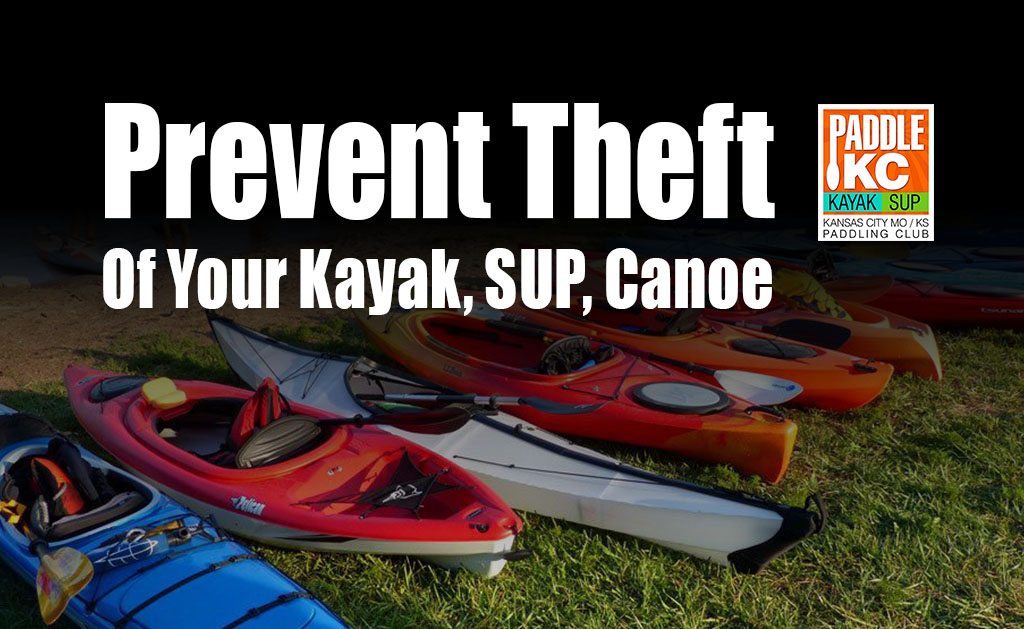
Kayak theft can be a heartbreaking experience for any owner. For this reason, it’s paramount to prioritize your kayak’s security.
Your consideration should start from where you store the kayak. It is advisable to keep it in a secure space like a locked garage or shed.
Visible outdoor storage can make it susceptible to theft. A darker, less visible color can reduce its desirability to potential thieves.
In addition to strategic storage, consider using tools such as locking cable systems. These could be looped through a secure part of your kayak, adding an extra layer of security.
Also, investing in security camera systems can act as significant deterrents for would-be thieves. It broadens safety coverage outside physical restraints.
Aside from physical precautions, recording your kayak’s details such as make, model, and serial number is beneficial for recovery efforts in case of theft.
This information can assist law enforcement agencies and insurance companies in their investigations. Always keep them up-to-date.
Well-chosen security measures will not only guard against theft but give peace of mind knowing your beloved kayak is safe.
Kayak Transportation Mastered
Securing your kayak to roof bars needn’t be a daunting task. With the right equipment and technique, you can safely transport your kayak for your next adventure. Remember to always double-check your straps for peace of mind and ensure you have adequate padding to prevent any damage to your kayak and vehicle.
